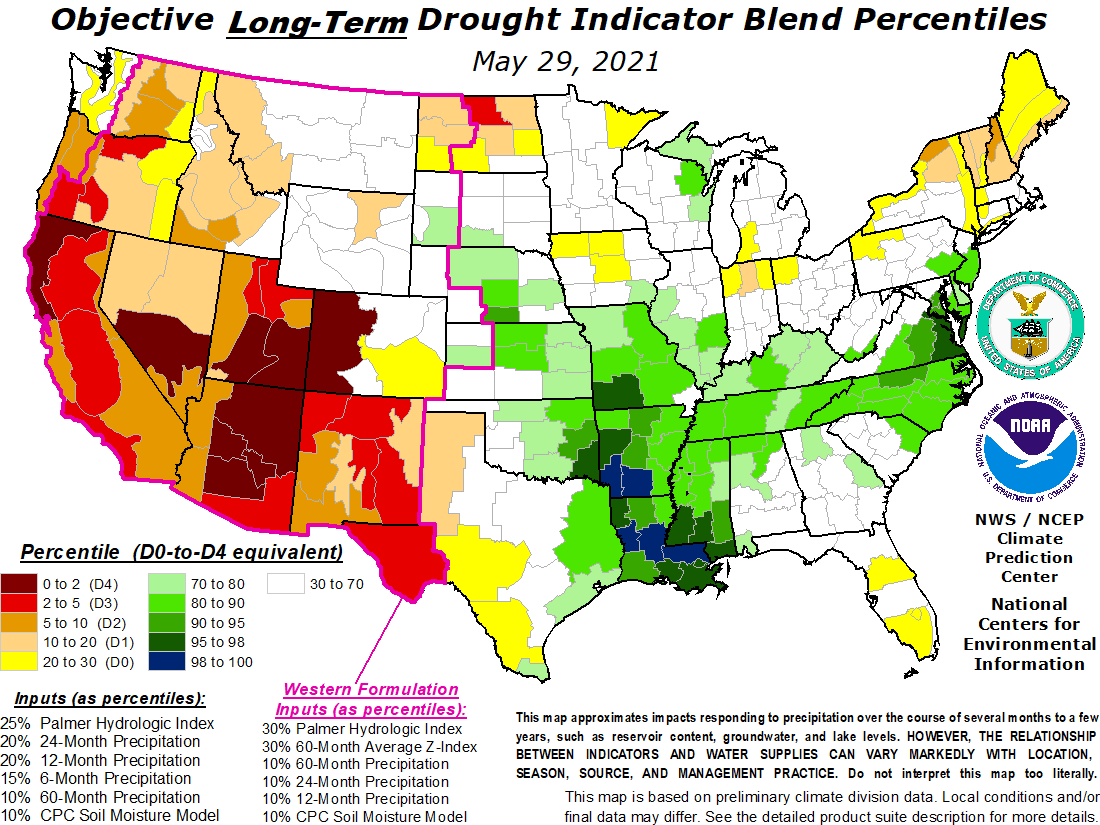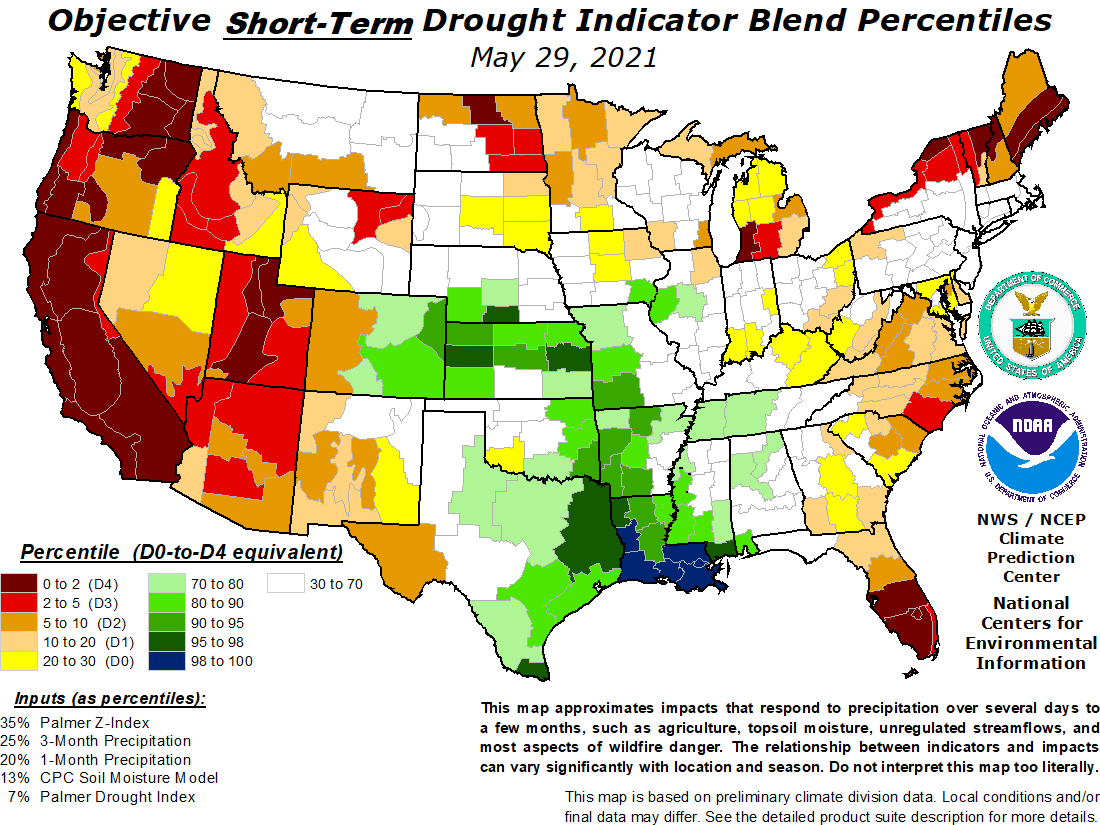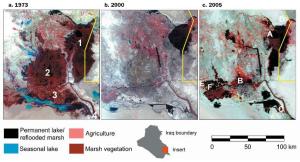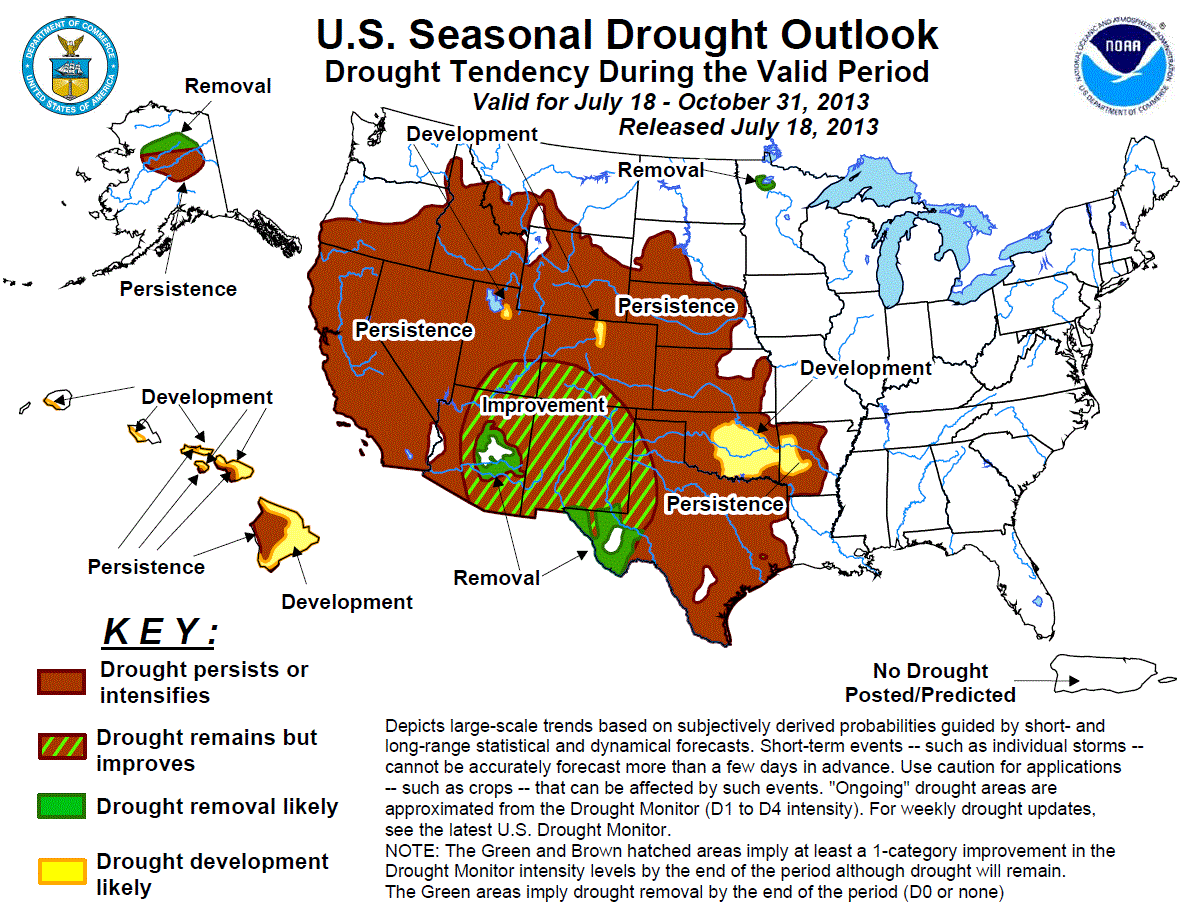Our Oceans, where life started Are Now Dying!
What is killing them? Among major causes Pollution from
- Tourism
- Coastal Developments
- Industrial agriculture
- Intensive farming
- Coal-burning power plants
- Shipping
- Dumping
Causing
- Eutrophication and Hypoxia
- Desertification
- Acidification
- Dead Zones
Ocean “deserts” are expanding much faster than predicted, it is believed that the ocean “desertification” may result in the population decline of many fish species.

Black areas in the Atlantic and Pacific Oceans are the least productive. (Credit NOAA)
Development takes toll on Chesapeake crabs
Wed Mar 4, 2009
By Andy Sullivan
REEDVILLE, Virginia (Reuters) – It doesn’t look like a disaster area.
Crab boats dart back and forth on this inlet of the Chesapeake Bay as they have for generations. On the shore, million-dollar vacation homes catch the morning sun.
But watermen aren’t pulling blue crabs out of the Bay this winter. After years of decline, the U.S. Commerce Department declared the fishery a federal disaster last September and Maryland and Virginia shut it down until spring.
It was a symbolic as well as an economic blow for the men who harvest the region’s defining culinary treat.
Watermen faced a stark choice: Stay ashore until March, or take a state job pulling abandoned crab traps and other junk from the bottom of the Bay.
So on this frigid winter morning, Spencer Headley is on cleanup duty, a floating janitor on one of the country’s most intractably polluted bodies of water.
It’s decent money — $300 a day plus expenses — and you can’t beat those government hours. But Headley, 32, wonders why he must now rely on the state rather than the water for his livelihood.
“We’re not trying to tear the Bay up. We’re just trying to make a living off a fishery that’s been going for more than 100 years,” he says, one eye on his sonar display.
“Why all of a sudden is it a disaster?”

The Susquehanna River, which enters the Chesapeake Bay at its northern end, carries 40 percent of the nitrogen that flows into the Bay—the largest single source. There is so much nitrogen in the northern Bay that algae have all the “fertilizer” they need, and changes in streamflow do little or nothing to affect the growth of algal blooms. This satellite image shows brown water flowing from the Susquehanna. (NASA image by Robert Simmon, based on Landsat-7 data provided by the UMD Global Land Cover Facility. Caption: Earth Observatory).
STEADY STREAM OF POLLUTANTS
That disaster has been steadily building since Europeans first mapped the Bay’s shores 400 years ago.
Stretching roughly 200 miles from northern Maryland to southern Virginia, the Chesapeake is the largest estuary in the United States and for hundreds of years was one of its most productive fisheries, yielding shad, sturgeon, oysters and baitfish. As recently as 1993, the Bay accounted for about half of the country’s blue crab harvest.
But the fishery has declined as the region has boomed. Roughly 16.6 million people live in its watershed, which stretches as far as upstate New York, and an average of 439 more move to the region each day. That means more houses and more traffic as urban sprawl eats up forests and farmland.
The impact of this growth can be seen along Sligo Creek, which draws herons and foxes to its banks as it winds through the densely packed suburbs northeast of Washington, D.C.
Along the way, the creek picks up a steady stream of pollutants: lawn fertilizer, pet feces, motor oil and silt, washing off the parking lots and other hard surfaces that cover 35 percent of its 12-square-mile watershed.
Local activist Bruce Sidwell points out a sewer line that runs across the creek, exposed by years of erosion. It could be leaking raw sewage before long.
Sidwell’s grass-roots group reports polluters and organizes litter pickups, and he’s eager to showcase the filtering pools that help clean the creek’s upper reaches.
But water quality remains poor and is not likely to improve without substantial changes in the landscape, Sidwell says.
“It would take quite an effort to get it up to ‘fair’ water quality,” he says.
On its journey to the Chesapeake, water from Sligo Creek mingles with runoff from farms and sewage treatment plans.
Nitrogen and phosphorus in that runoff feed massive algae blooms that suck oxygen out of the water each summer, killing clams and worms that provide the blue crab with food and aquatic grasses that give it shelter.
Last year, the “dead zone” covered 40 percent of the Bay.
Not surprisingly, crabs have suffered. The 2007 catch was the worst in recorded history, and last year the catch was even worse in Virginia and only slightly better in Maryland.
With fewer crabs in the Bay, watermen now routinely catch far more than the 46 percent that scientists say is the upper limit to maintain a healthy population.
Observers say time is running out to reverse the damage.
“The Bay is now degraded to the point that its basic ability to withstand even low levels of pollution is in jeopardy,” said Naval Academy professor Howard Ernst, an expert on the restoration effort.
A 25-year, $6 billion cleanup effort by state governments and the U.S. Environmental Protection Agency has come under widespread criticism as it has repeatedly fallen short of its stated goals. Officials also overstated their success to keep funding in place.
The Chesapeake Bay Foundation, an environmental group, sued the EPA last month to force it to set a firm cap on pollutants. The group is heartened that new EPA Administrator Lisa Jackson has promised to make the Bay cleanup a priority.
“We certainly are hearing the right words,” said foundation president Will Baker. “But to be honest, we have heard those words for 30, 35 years and what we need to see is action.”
‘GRASS THAT’S PAINTED ON’
Headley has seen the changes up close. He’s pulled up traps filled with dead crabs, suffocated in oxygen-depleted water. He’s seen the state reduce the number of traps he’s allowed to drop in the water from 500 to 350.
And he’s seen mansions sprout along the shoreline, their lawns fertilized with the very chemicals that are choking the Bay. “Grass as green as you’ve ever seen in your life, looks like it’s painted on,” he says.
Easing his 46-foot (14 meter) Chesapeake Bay Deadrise back to the dock, Headley passes rusted shacks and crumbling chimneys, the ruins of once-thriving oyster and baitfish industries.
The crab fishery, too, is a shadow of its former self, employing 40 percent fewer jobs than it did a decade ago.
There are only a handful of crabbers working out of Reedville now, Headley says, but plenty of people are moving to town to enjoy the scenery.
Headley knows everybody on the water, but sometimes when he comes ashore he doesn’t recognize a soul. A way of life is dying. (Editing by Alan Elsner). Copyright the author or news agency. URL: http://www.reuters.com/article/environmentNews/idUSTRE52302020090304
Related Links:




























